MSI GeForce GTX 1070 Gaming Z Graphics Card Review
A Closer Look at the MSI GeForce GTX 1070 Gaming Z
Size wise, the MSI GTX 1070 Gaming 9 measure in at 10.9 inches in length by 5.5 inches wide and 1.6 inches tall. Actually this is just about a half inch shorter length and height wise than Gigabyte GTX 1070 we recently reviewed. If your motherboard is cramped up at the 1st two PCIe slots, you’ll get a little more room with this card.
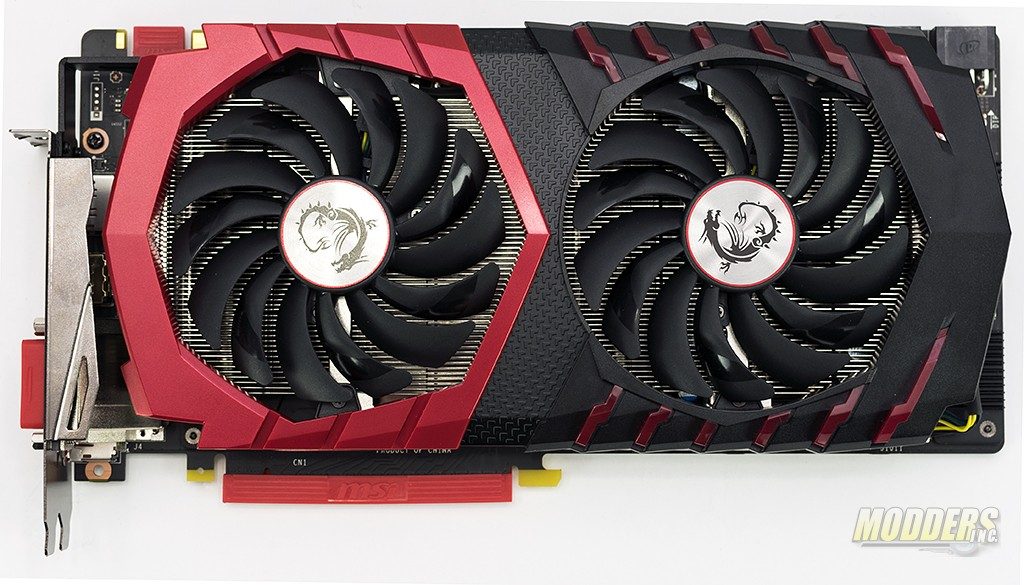
The MIS GeForce GTX 1070 Gaming Z features a black aluminum black plate on side of card opposite the fans. While it may help in some extra cooling, there were not any thermal pads attaching the back plate to the GPU’s PCB.
The most prominent feature on the back plate is the MSI Gaming shield. This is actually transparent and does have RGB LEDs behind it.
The height of the MSI GTX 1070 Gaming Z is 1.6 inches and still needs two slots in the case for installation. The way the cooler is designed is to keep the fans and any other parts contained within the red and black fan shroud and with other cards on the market being slightly thicker, you’ll gain a little bit of air space when running them in SLI and still be able to maintain good cooling. The MSI logo and dragon are back light by RGB LEDs as well. There are three sets of LEDs aboard the MSI Geforce GTX 1070 Gaming X and each can be controlled individually or all at once.
I/O for the MSI GTX 1070 Gaming Z includes three DisplayPort connections, one HDMI, one DVI-D
From the rear of the card, you can clearly see the VRM heatsink. While not actively cooled per se, it does catch quite a bit of airflow from the fan above.
An 8-pin and a 6-pin power connector are needed to power the MSI GTX 1070 Gaming Z. The connectors are rotated so that the heatsink shroud doesn’t interfere with the installation or removal of the power cables. The ribs at the top of the fan shroud are lit up by LEDs however, these are not RGB but will act with the other LEDs on the card in which ever pattern you choose.
MSI’s Torx 2.0 fans are responsible for keeping the GPU cool. These are double ball bearing fans rather than sleeve bearing or single ball bearing. Using ball bearings increases the life span considerably over sleeve bearing fans. The steeper fan blade angle pushes more air through the heatsink. MSI claims 22% more air pressure but at nearly silent levels.
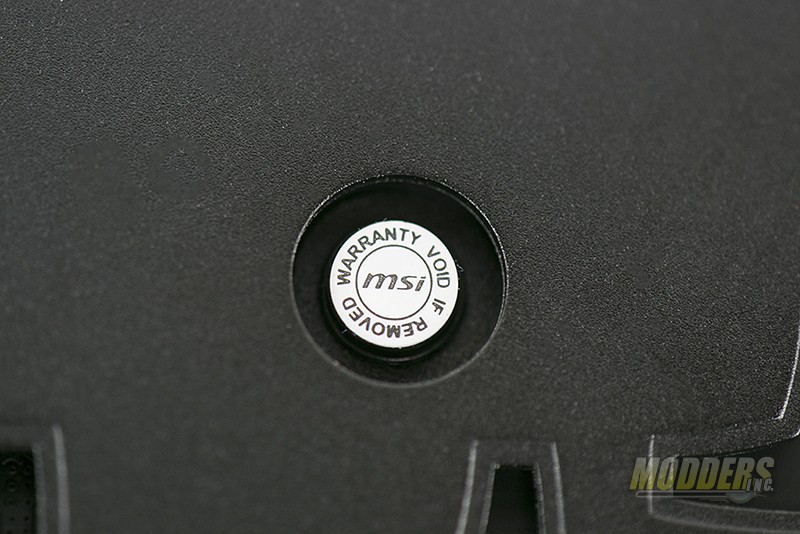
After pulling off the heatsink and fans, attached to the PCB is a front plate and the VRM heatsink. The front side plate actually has a purpose. It helps keep the memory cool as there are thermal pads that attach the memory chips to the plate. The large heatsink on the rear of the card is for the GPU and memory voltage regulation cooling.
As with other Pascal based cards we’ve reviewed, the PWM control for the GPU side is the UPI semiconductor up9511. In this configuration, MSI is using the full 8-phase capability of the uP9511.
A pair of Sinopower SM7320 Dual Channel MOSFETS in conjunction with eight ON Semiconductor 4C86N PowerPhase MOSFETS make up the overall 10-phase power design of the MSI Geforce GTX 1070 Gaming Z. Output filtering uses 10 0.20uH Super Ferrite Choke (SFC) inductors and 10 820uF solid capacitors.
Memory VRM is controlled by the UPI Semiconductor uP1641. The Sinopower SM7320 Dual Channel MOSFETS help make up the 2-phase memory power delivery. The uP1641 includes two integrates MOSFET drivers (hence no external drivers for the memory MOSFETS) and is capable of two phase. The 10 phase power of this card is 8+2 where 8 phases is used for the GPU and 2 phases are for the memory.
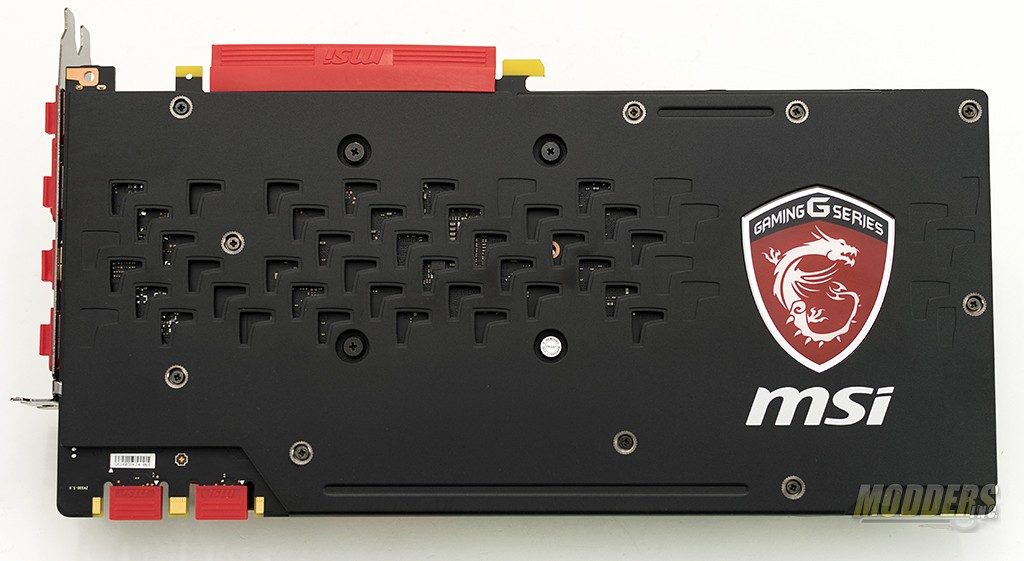
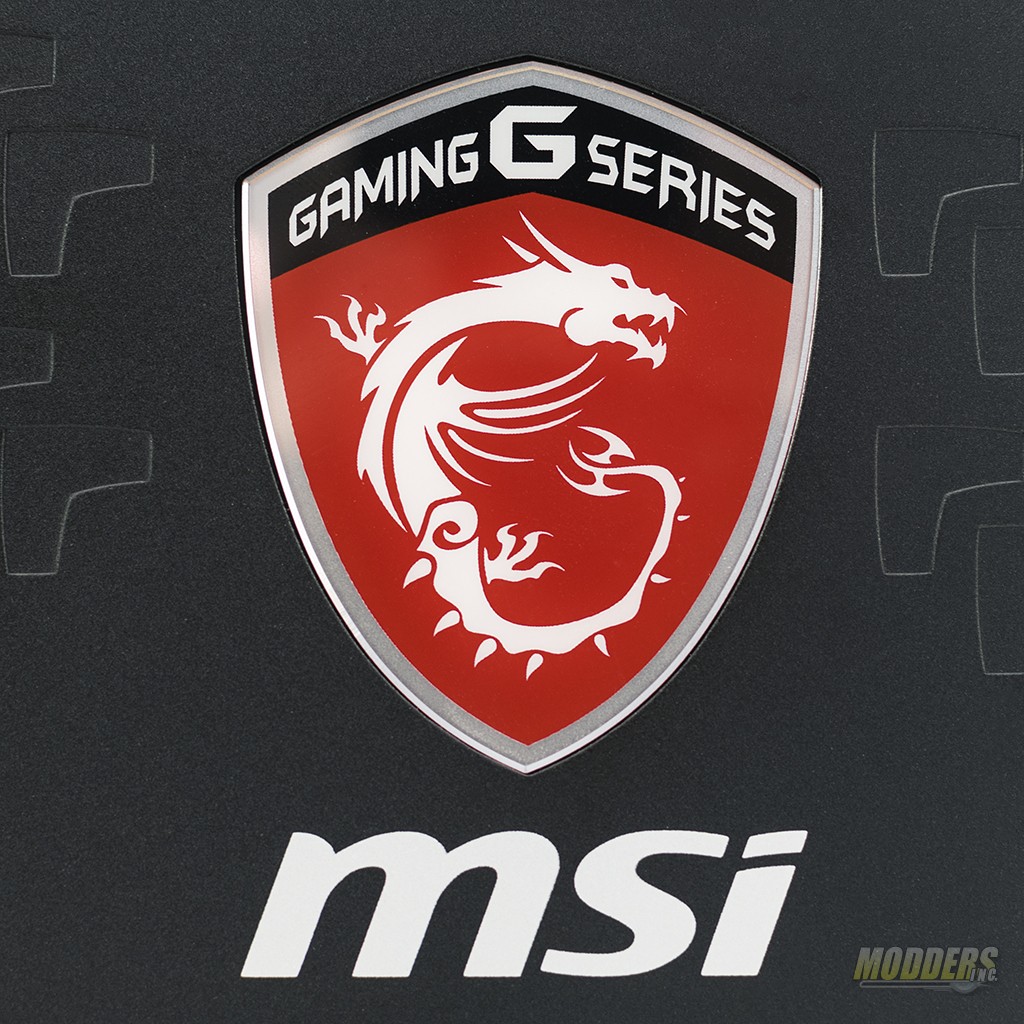
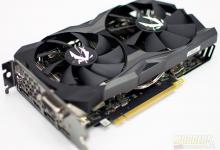
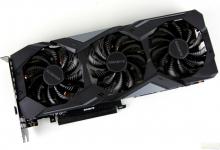



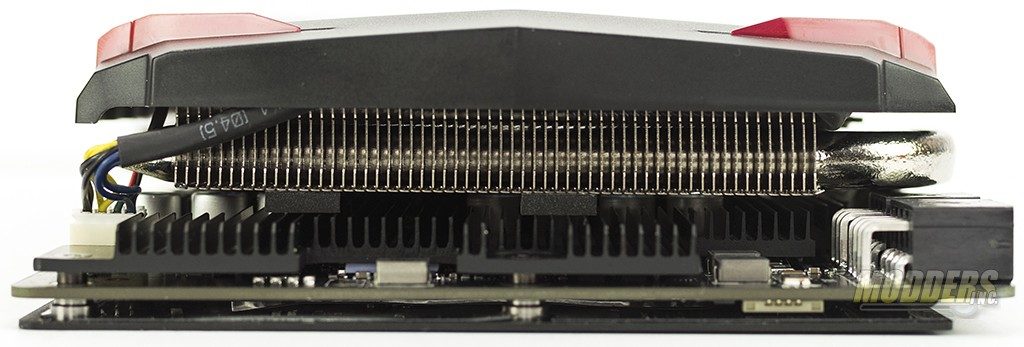
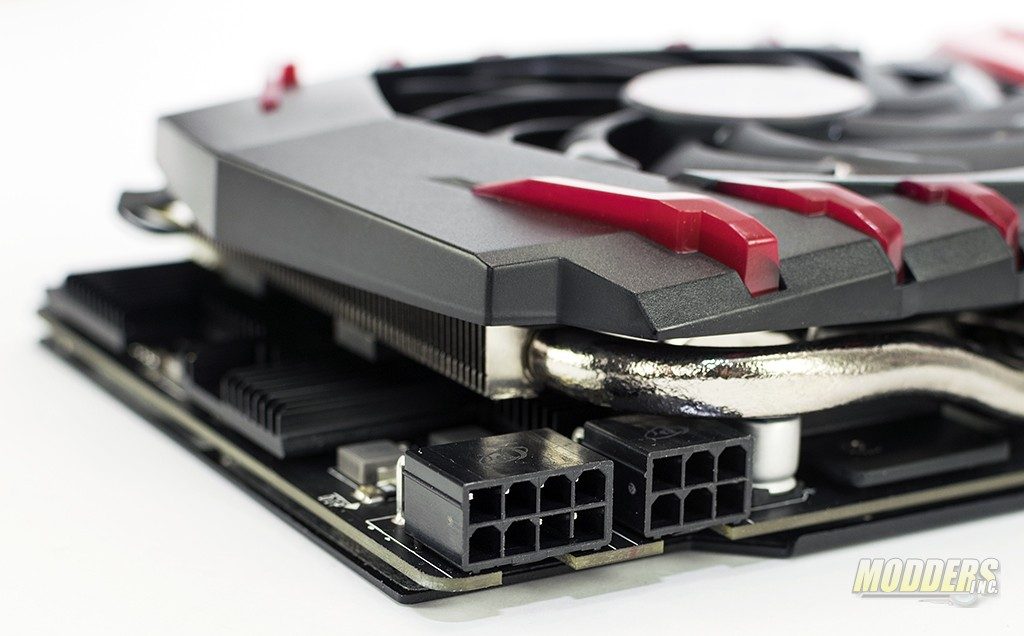
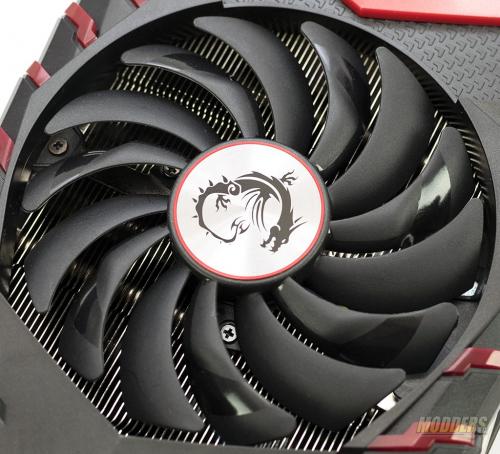
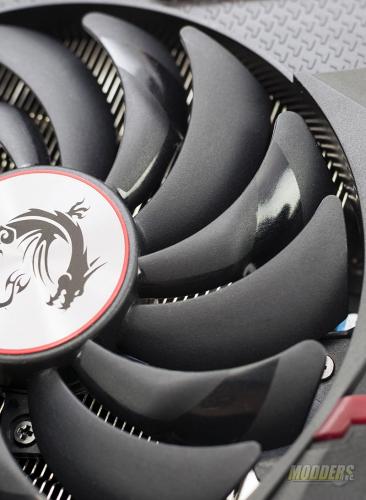
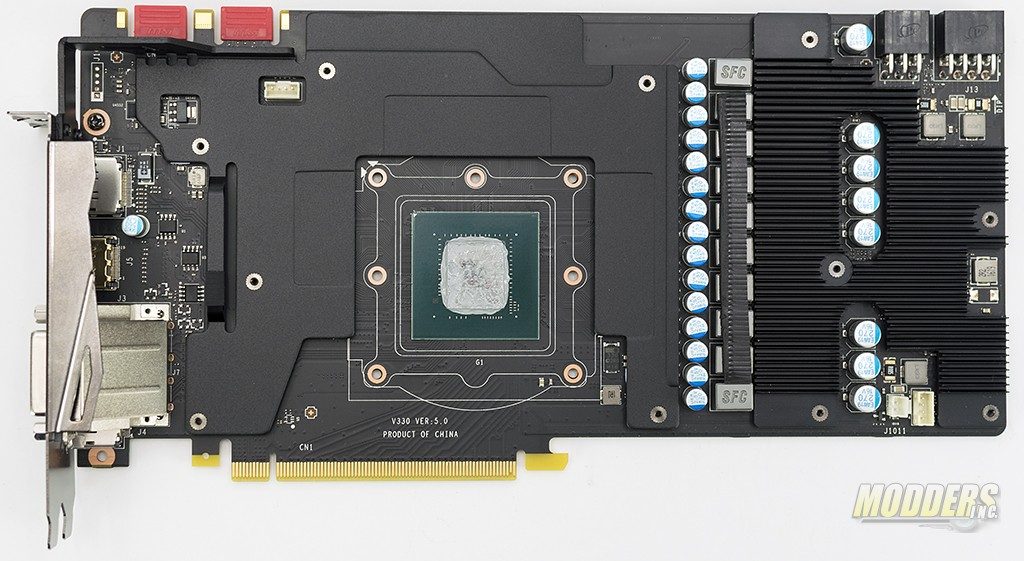
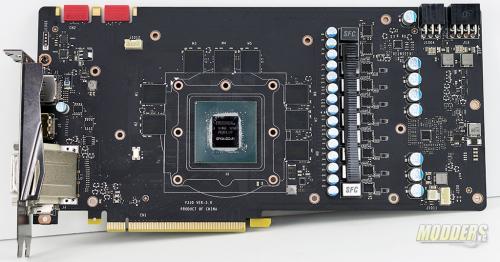
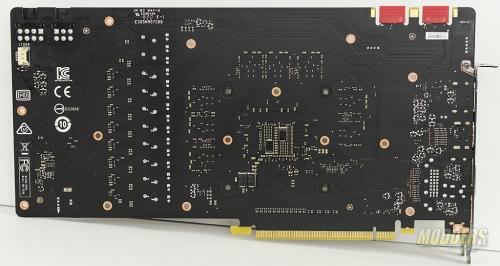
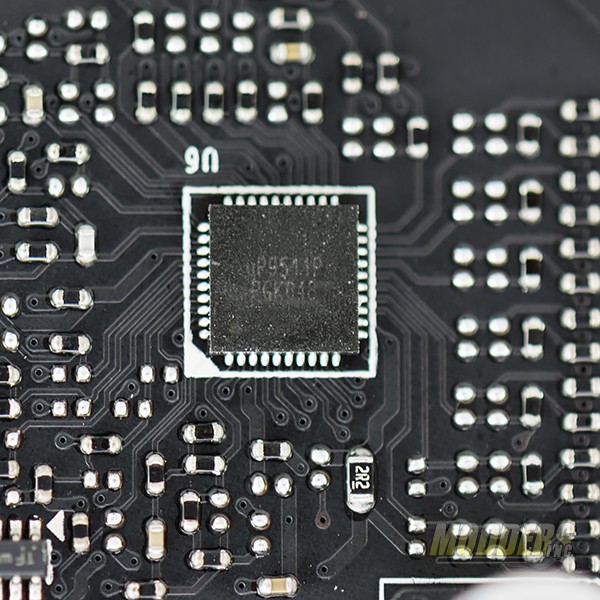
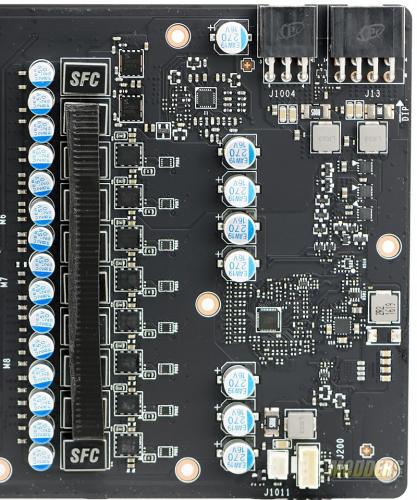
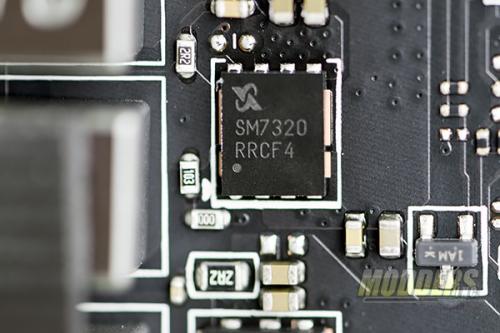
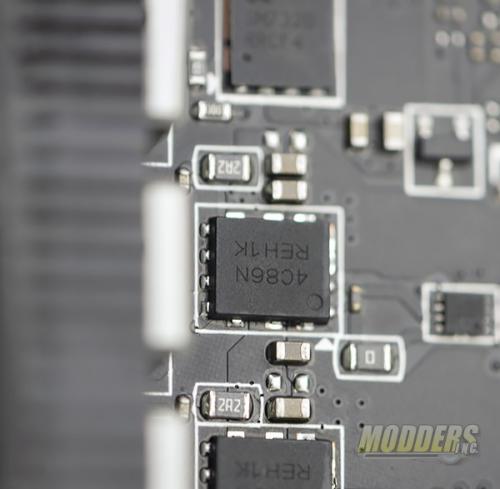
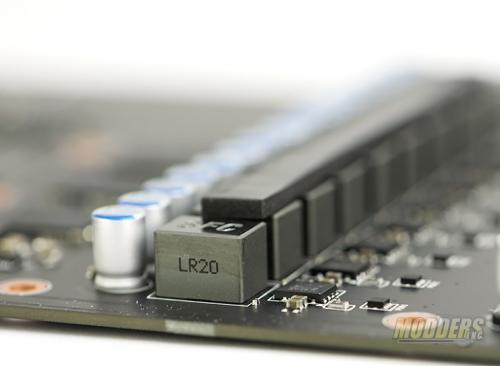
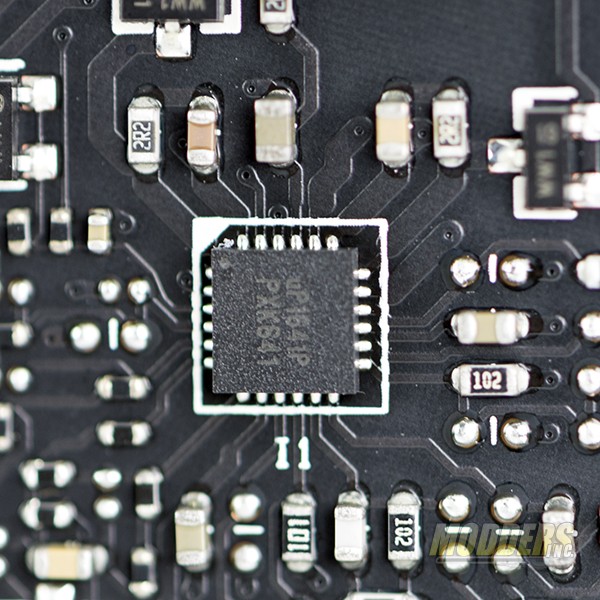



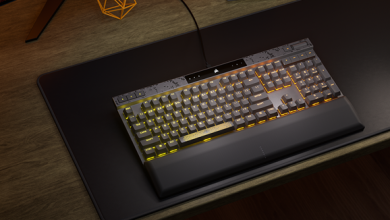



I have a 1070 Gaming X and the only LED lighting difference is the addition of the lighted shield. The X has only the other 2 lighting zones.
Wow, no definitive price, near zero overclock headroom, no info about temps and high FPS buzzing but still gets a “must have”???
Are you getting your paychecks from MSI???